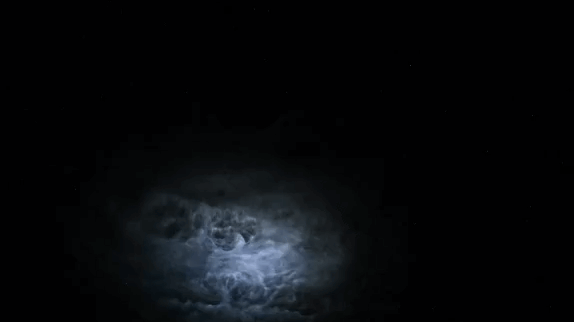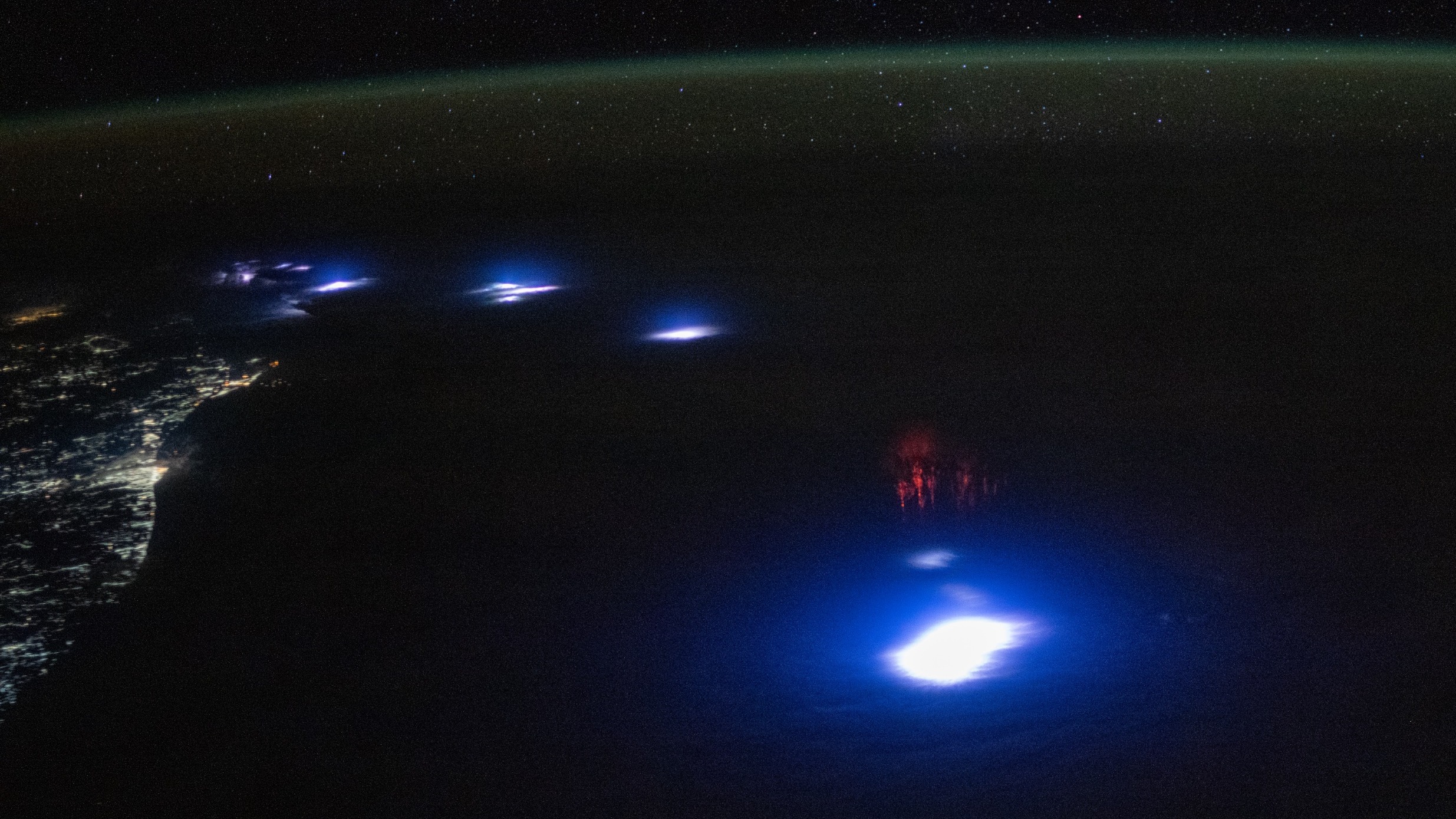
NASA astronaut Don Pettit captured breathtaking video of a rare atmospheric phenomenon from his perch high above Earth on the International Space Station.
While the International Space Station (ISS) was orbiting above South America, Pettit recorded what are known as Transient Luminous Events, or TLEs. These are bright, colorful flashes of light faster than lightning and are sometimes referred to as "sprites."
Pettit was able to view the sprites from directly above, looking down at what is known as the nadir, the point directly below a particular location. "OK, this is kind of out there and caters to your inner Uber-Geek," Pettit posted to X (formerly Twitter along with the video. "Nadir view of Transient Luminous Events (TLE ) or upper atmospheric lightning."
OK, this is kind of out there and caters to your inner Uber-Geek. Nadir view of Transient Luminous Events (TLE ) or upper atmospheric lightning. This clip real time is about 6 seconds over the Amazon basin and shows a number of TLE displays from Sprites to blue jets from a… pic.twitter.com/IE0Edtm2RlApril 3, 2025
The video captures around six seconds of sprites over the Amazon basin. And it's not the first time these phenomena have been caught on camera from the ISS.
In 2024, NASA astronaut Matthew Dominick caught a glimpse at one of the most elusive atmospheric phenomena known as red sprites. These occur during particularly powerful thunderstorms and travel upwards into the atmosphere, as opposed to normal lightning which travels downward to the surface of Earth.

Sprites like the ones Pettit captured on video occur much higher than regular lightning. Their name is an acronym, short for stratospheric perturbations resulting from intense thunderstorm electrification.
Sprites are created when electrical discharges created by lightning shoot upward, creating bursts of plasma in the ionosphere, found around 50 miles (80 km) above Earth's surface. They were not captured on camera until 1989.







